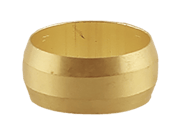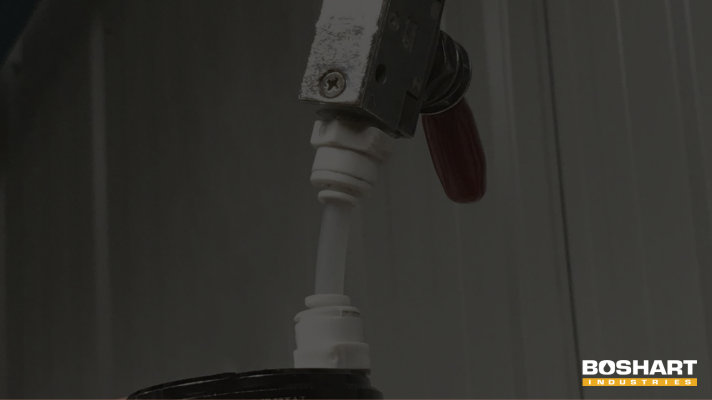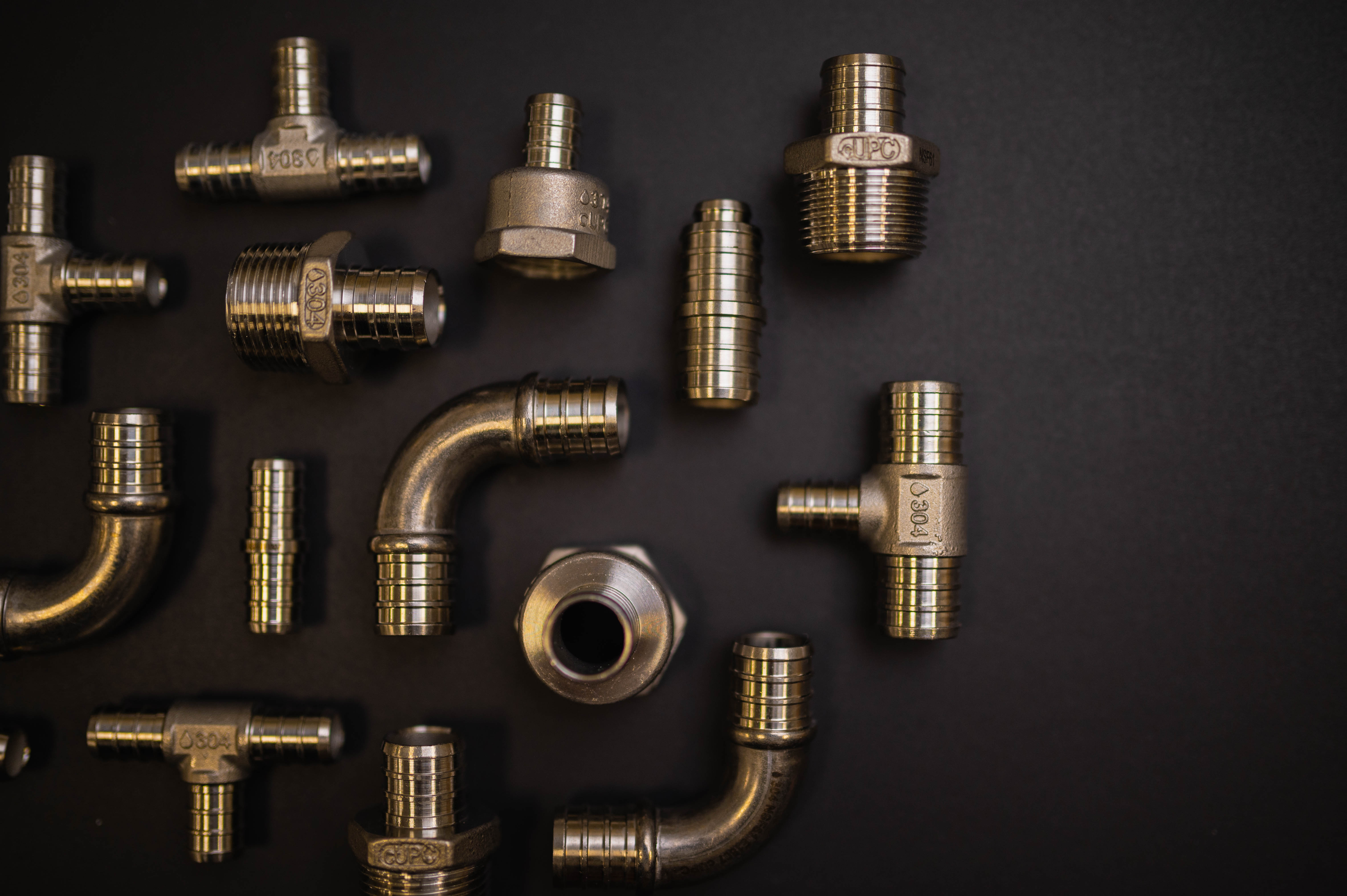Brass compression fittings are quickly gaining popularity throughout the industry. The trend appears to come from the fact that flared tubing requires special attention to craftsmanship and requires more time during assembly. Compression fittings also eliminate the need for soldering which makes them a safer alternative.
In this post, we have broken down advantages and disadvantages of brass compression fittings to guarantee you get the whole story, ensuring that compression fittings are the best fit for your application. Let's get started!
Compression Fittings
Compression fittings are built from three pieces, creating a mechanical joint connection fitting which is widely used in plumbing systems to join tubing together.
Three Components:
- Ferrule, sleeve or compression ring

- Compression nut

- Fitting Body (Adapter, Coupling, Elbow, Tee)

Advantages:
- Compression fittings are becoming more popular because they eliminate needing a flare or solder or any other way you would prepare tubing before assembling.
- Compression fittings are just as quick and easy to use as flare or solder fittings. Compression fittings don't require any special tools or specific skills to operate.
- Compression can be used in situations where a heat source, particularly a soldering torch is banned.
- Compression fittings are most ideal in situations where tubes made up of dissimilar materials need to be joined. This is especially essential in installations that may require occasional disassembly or partial removal due to maintenance. Compression fittings allow for the joints to be broken and remade without affecting the integrity of the joint.
Disadvantages:
- Compression fittings are bulkier and can be considered less aesthetically pleasing compared to the soldered joint.
- Compression fittings are not nearly as robust as soldered fittings making them much more sensitive to powerful stresses.
- They are not ideal for applications where they could be potentially exposed to lots of flexing, bending and excessive vibration or tube movement. A soldered joint is highly tolerant of flexing or bending, like when pipes shake from sudden pressure changes.
What the Heck is a Ferrule?
Not sure what a ferrule is? It may actually be the most important component in a compression fitting. The ferrule is easily damaged and extreme care must be taken when installing it. However, installing a replacement if the ferrule gets damaged is very easy.
 A ferrule varies in material and shape but are most commonly found in the shape of a ring with bevelled or rounded edges. They are commonly made of brass or according to the pipe material.
A ferrule varies in material and shape but are most commonly found in the shape of a ring with bevelled or rounded edges. They are commonly made of brass or according to the pipe material.
If the ferrules are identical on both ends then it does not matter which direction they are installed. If the ferrule is tapered, the ferrule is fitted so that the longest sloping face is away from the nut. The smaller diameter should be against the fitting body.
How do they work?
When the nut is tightened, the ferrule becomes compressed between the nut and the receiving fittings. The end of the ferrule clamps around the pipe forcing the middle of the ferrule to bend away from the pipe making the ferrule effectively thicker. The ferrule seals the space between the pipe, nut and receiving fitting securing a tight joint.
Applications
- Hot and cold
- Toilet stop valves
- Confined spaces where copper pipe would be very difficult to solder without causing a fire hazard
Can also be used for use with gasoline, grease, oil, air lines and vacuum lines. Not recommended for "gaseous" media applications like oxygen or carbon dioxide.
What types of tubing can be connected?
Compression fittings are ideal to be used with annealed copper, aluminum, PEX, polyethylene and nylon tubing that is manufactured to CTS (Copper Tube Size). Compression fittings are not recommended to be used with steel tube. When using compression fittings with any type of plastic tubing, a brass insert must be used for further support.
Compression fittings come in a variety of sizes and part numbers. No matter the application required, there is most likely a compression fitting that will work perfectly. Being aware of all advantages and disadvantages makes the selection process simple and stress free.
Have further questions about this subject?

Head over to Boshart's Knowledge Base: technical product information, guidelines, and more.





SHARE